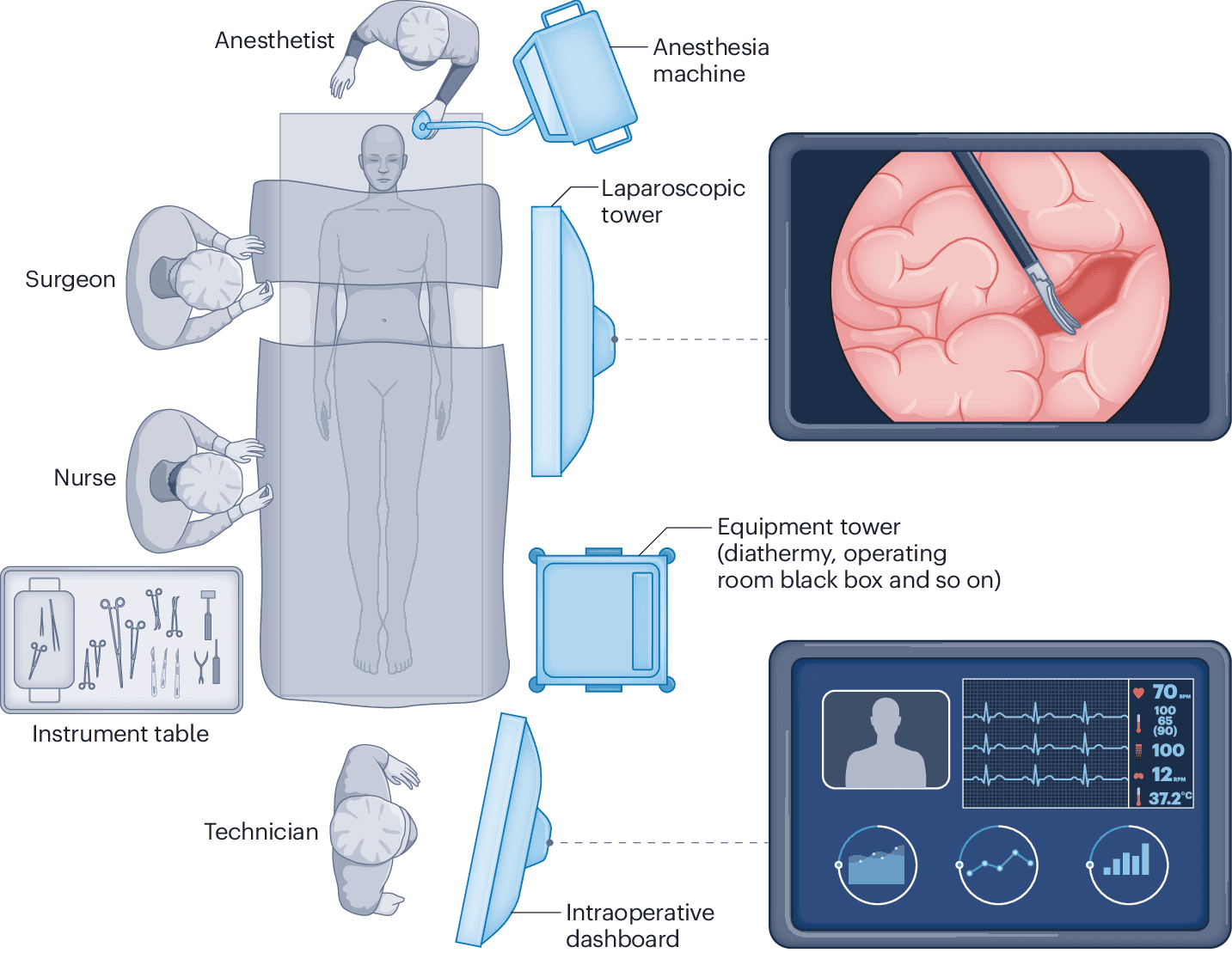Guiding Surgeons through Computer-Assisted Landmark Placement
Surgical procedures demand precision, and the ability to accurately identify and track anatomical landmarks is paramount. In my recent patent, (patent no - US 2023/0200625 A1), delves into innovative systems and methods for computer-assisted landmark or fiducial placement in surgical videos. This technology aims to enhance surgical accuracy and potentially improve patient outcomes.
The core of the invention lies in leveraging video analysis and potentially integrating it with pre-operative imaging like MRI or CT scans. By analyzing stereoscopic surgical videos, the system can recognize surgical tools and anatomical structures in 3D. A key element appears to be the "bluDot" technology, which likely involves placing visual markers (fiducials) that the system can track with high precision.
Imagine a surgeon performing a minimally invasive procedure. This system could overlay augmented reality information onto the live video feed, precisely indicating critical anatomical locations or the ideal placement for surgical instruments. This real-time guidance could reduce the risk of errors and optimize the surgical workflow.
The patent application outlines various components of this system, including modules for:
- Tool Recognition and Tracking: Identifying and tracking surgical instruments in the video feed.
- Anatomy Recognition and Localization: Identifying and locating anatomical structures in 3D space.
- bluDot Point Registration and Tracking: Precisely tracking the location of the visual markers.
- MRI/Visual Field Matching: Aligning pre-operative imaging data with the live video.
- Recommender Systems: Potentially suggesting optimal landmark placements based on the analysis. This technology holds significant promise for the future of surgery. By providing surgeons with enhanced visual guidance and real-time information, systems like the one described in this patent could lead to more accurate, efficient, and ultimately safer surgical procedures. While the specifics of the implementation will unfold as the technology develops, this patent application offers a glimpse into an exciting direction for computer-assisted surgery.

